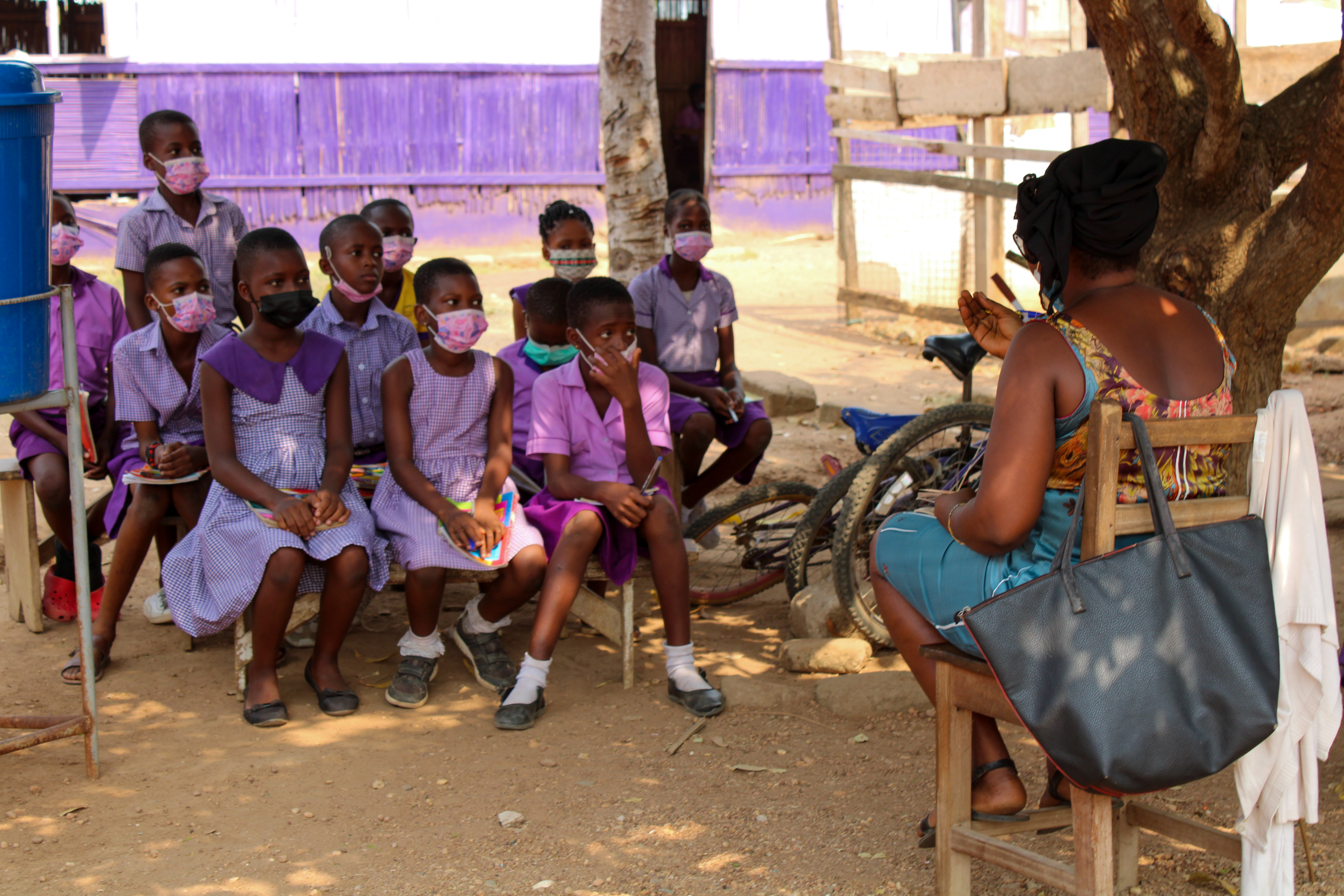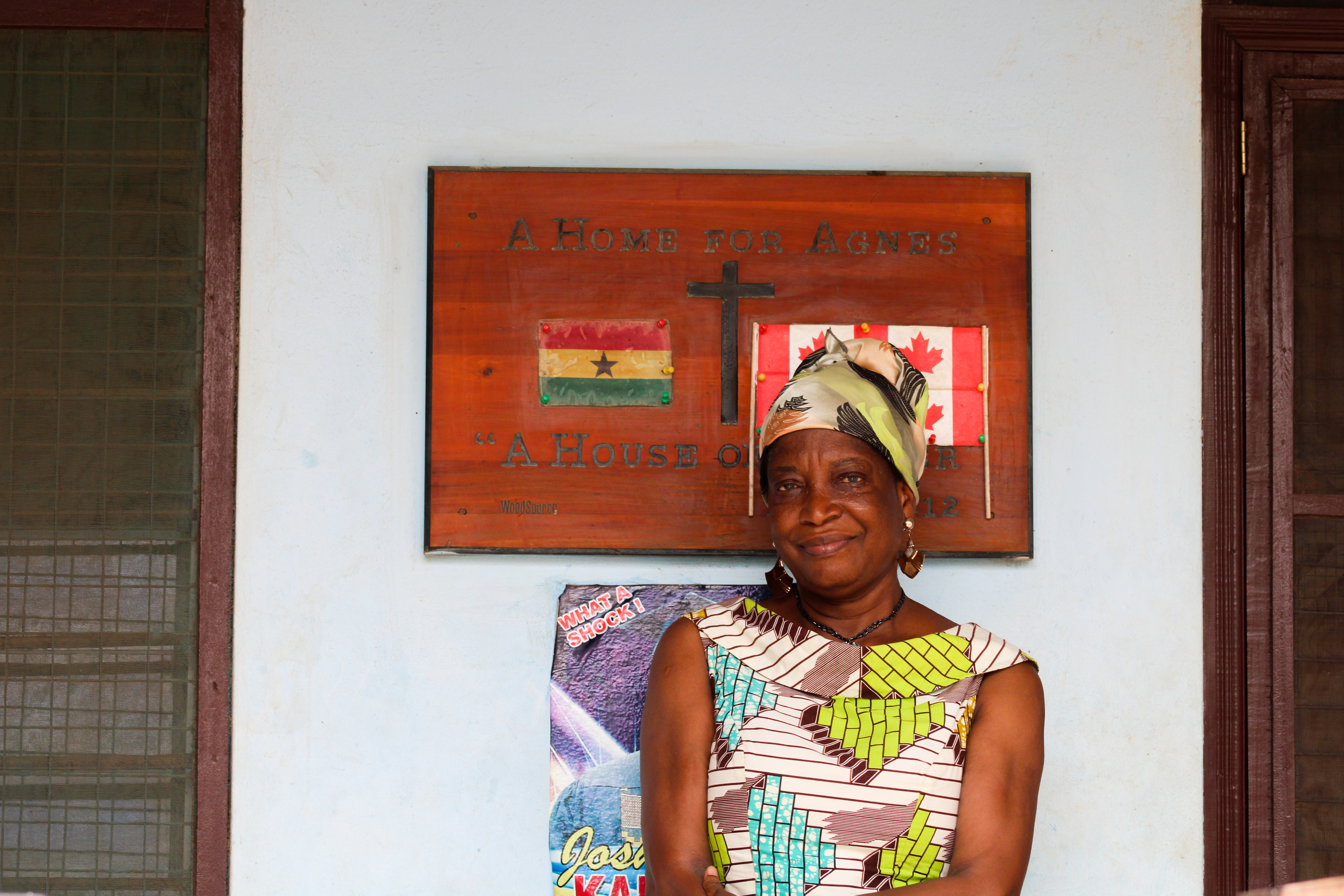Project March 16, 2022
Challenges Inside Ghana’s Orphanages Heightened by the Pandemic
Country:
When the Director-General of the World Health Organization declared that COVID-19 was to be considered a pandemic in March 2020, Agnes Appiah stayed up through the dead of night thinking about the future of her orphanage. Questions of where she would get extra funding in order to provide food and safety supplies for the children filled Appiah's mind as she operated Living Faith School and Home.
But these worries were soon overshadowed by other problems.
UNICEF Ghana reported in 2021 that more than 3,000 children were living in alternative care homes across the country. A quarter of these homes are either not registered with the Department of Social Welfare or do not comply with registration requirements so the number of children in these care facilities may be much higher.
This project looks at how orphanages in Ghana have faced a myriad of challenges—some caused by the virus and others by ongoing problems only made worse by COVID-19. She asks: How can orphanage operators today effectively assist the many children who have experienced poverty, violence, neglect and the death or illness of a parent?







